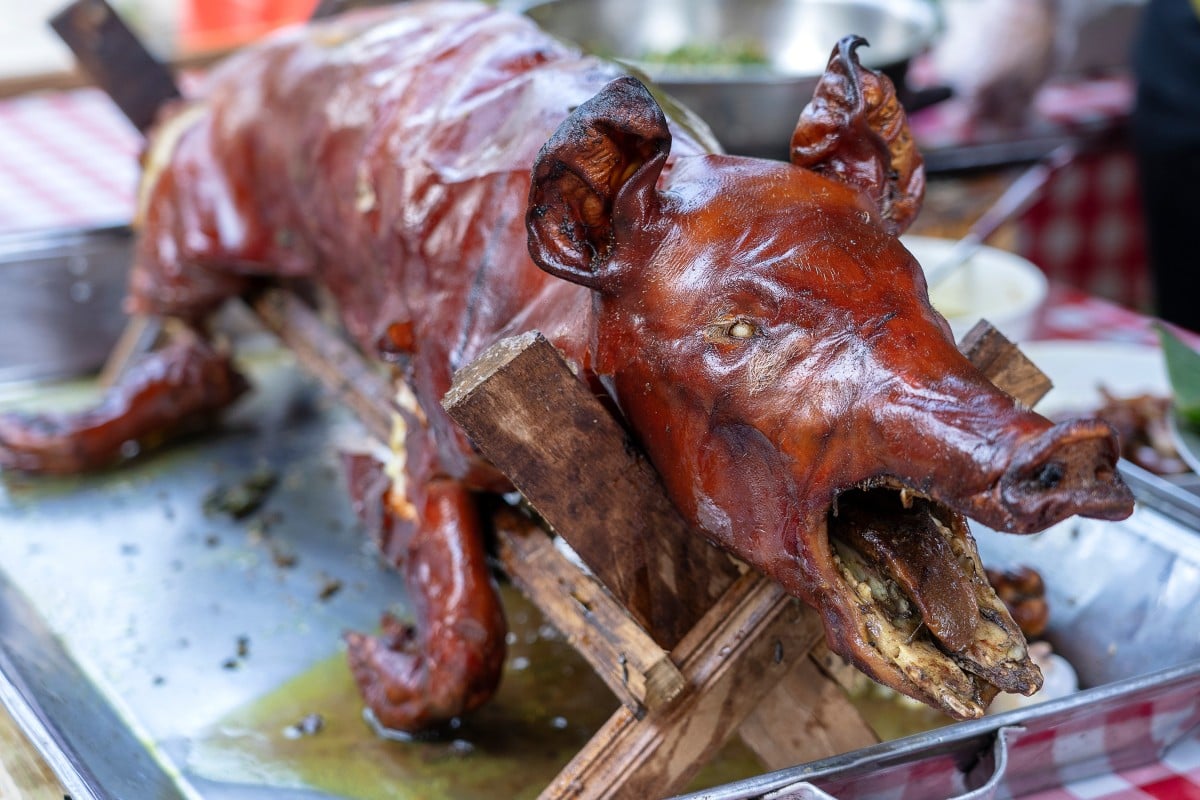
An appreciation for tasty pork dishes has become increasingly visible in Indonesia, as diners share photos of their dinners on social media, and listings of restaurants and shops specialising in pork on food delivery sites run into the hundreds.
It’s an unlikely trend in the world’s most populous Muslim nation, where almost nine out of 10 citizens – about 225 million people – and are not permitted to eat the succulent meat.
Yet millions of Indonesian Christians, Hindus and non-practising Muslims are becoming increasingly vocal on the internet about their enthusiasm for all things pork.
From Western-style barbecues with sausages and cuts, to the Hindu island of Bali’s succulent roast pork speciality and forays into Jakarta’s Chinatown, the love of pig meat is proudly on display.

Thousands of enthusiasts have found their way onto Porkliner, for example, a Facebook community where members share their experiences of the nation’s best pork dishes. A number of the page’s fans have gone on to establish their own meat businesses after seeing how receptive the market is.
Set up in 2016 by musician Nicko Krisna, 41, a non-practising Muslim, and Jonathan Hendro, 50, a Christian who runs a production house, Porkliner features seemingly endless photos of bacon, pork belly, ribs, sausages and other pig delicacies.
Krisna says they set up the group out of a love for Lapo meals – traditional food of the predominantly Christian Batak people of North Sumatra.
Lapo dishes are heavy on various types of meat, but pork is usually the main ingredient. It is served in two different styles. One is saksang, which is pork seasoned and cooked in the pig’s own blood, and is very spicy, though an acquired taste. Then there’s panggang, a grilled pork, more often than not the belly. It is usually served with white rice, pounded cassava leaves and clear, salty soup.
“I would go to these different Lapo places every week, and every time I would take a photo of my meal and post it on my social media accounts,” Krisna recalls. “People would comment a lot on the pictures, asking me where I was eating and about my experience eating there, how good it was and so forth.”
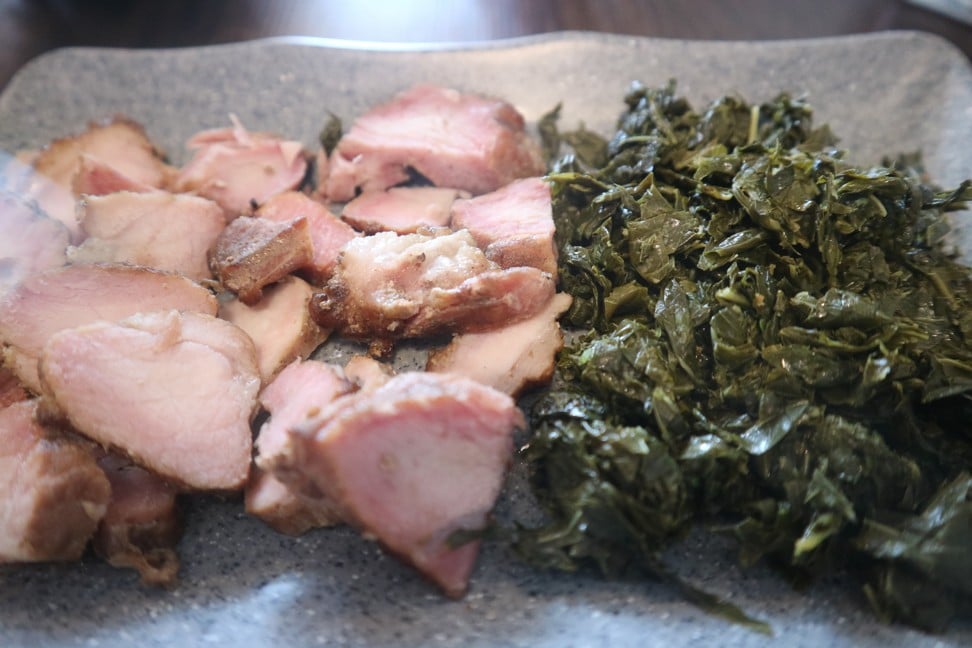
Morinauli Oktaviani, 29, who runs Lapo Horas Bona Pasogit in Jakarta, says she has seen a noticeable increase in business – “about 50 per cent more customers” – since delivery services GoFood and Grab started up.
There has also been a shift in her customer profile, which used to be mainly people in the neighbourhood and other regulars. It now includes younger people and a lot of office workers.
Hendro says young Indonesians like to share photos of food and enjoy reading about different dining experiences.
“This is especially true when it comes to pork, which is considered ‘underground’ food, because it is non-halal [forbidden for Muslims],” he adds. “We also saw how much variety there was when it came to pork-based dishes, from Western and Asian to traditional Indonesian pork.”
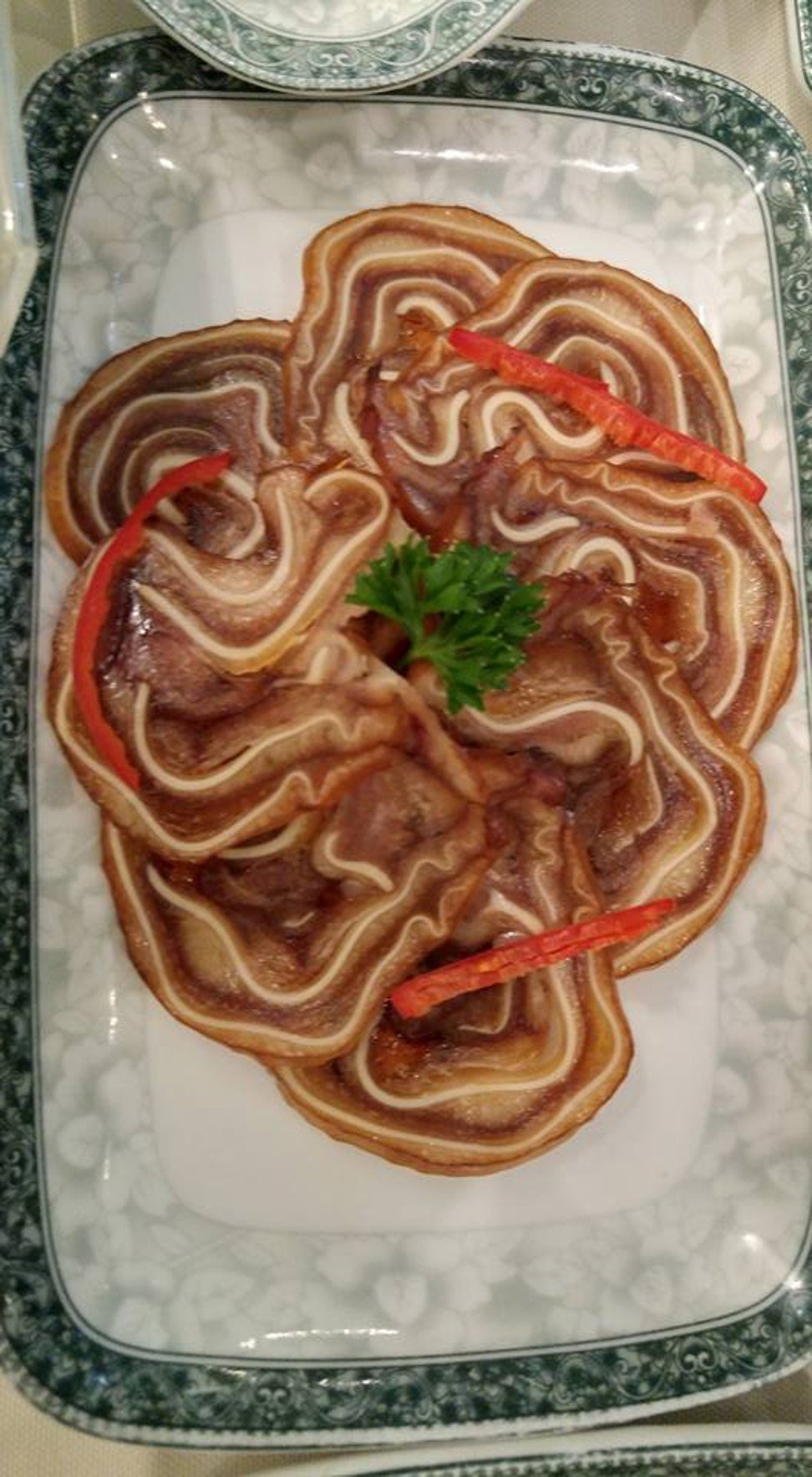
Hendro is also a Lapo lover, and a fan of Se’i, a smoked meat originating from the city of Kupang in West Timor. Often served with spicy herbs, Se’i meats can be beef or game, but pork is the most popular.
Lapo and Se’i are the two pork dishes most enjoyed by Porkliner’s members, and Krisna and Hendro set up the Facebook page after discovering their mutual appreciation for them.
“We knew that what would be most valuable and most fun would be to make it a hub for food enthusiasts to share their love of something that they can’t really discuss in other culinary communities,” Hendro says.
By late 2016, Porkliner already had over 2,000 members, and has since picked up more than another 1,000.
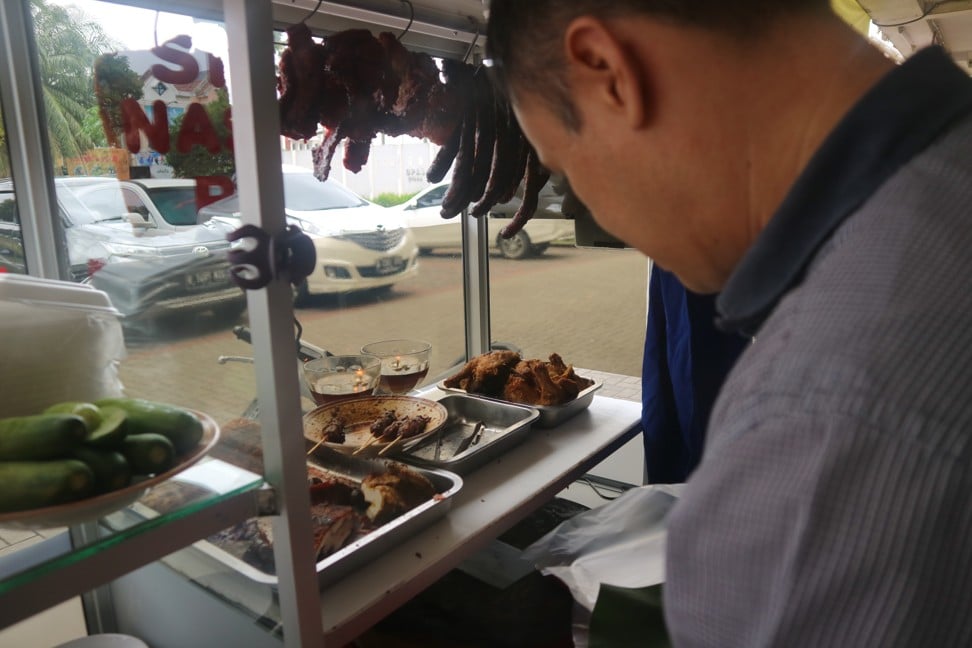
Members who are starting a pork business from home – easy enough in these days of internet ordering and motorbike delivery – understand the group is a great way to attract loyal customers. There have been challenges for a couple of the businesses, though.
Panggangin (“roast it”) was a “shop” run by non-Muslim Sulung Koesuma and a Muslim friend, who wishes to remain anonymous and only dealt with the herbs used in the cooking process.
To begin with, Panggangin thrived and its food was reviewed in the media. But an interview focusing on the owners’ religious backgrounds drew criticism. Whether the issue contributed to Panggangin’s eventual closure, however, is not known.
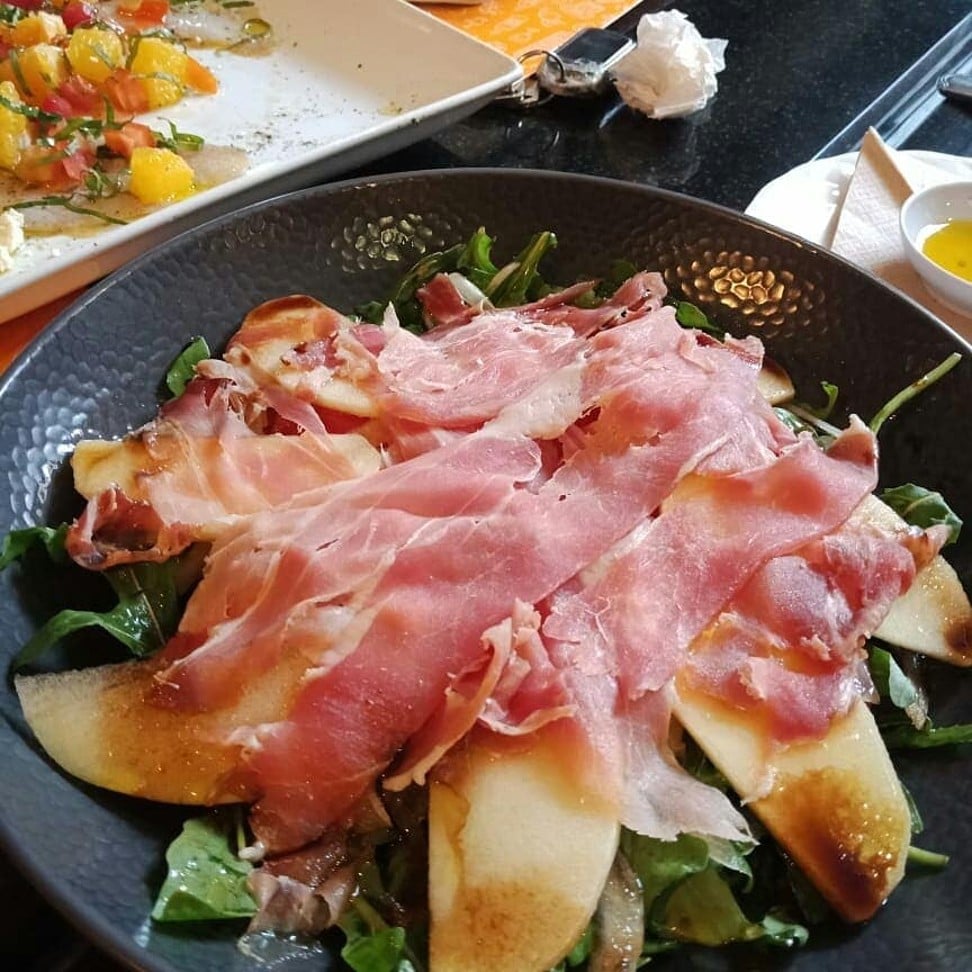
Krisna says liberal Indonesians are more courageous about expressing and enjoying themselves these days.
“This [pork] trend has happened because times have changed and we are in a decade where most people are not wasting their thoughts on issues such as how pork is haram [forbidden],” he says.
“There is an increasing number of open-minded people who accept that pork dishes are also part of our tradition,” he adds, because pork has long been a staple for Indonesian non-Muslims.
Aside from business and religion, Porkliner members have other concerns. They often jest about their health – a concern with so many fatty, pork-based meals.
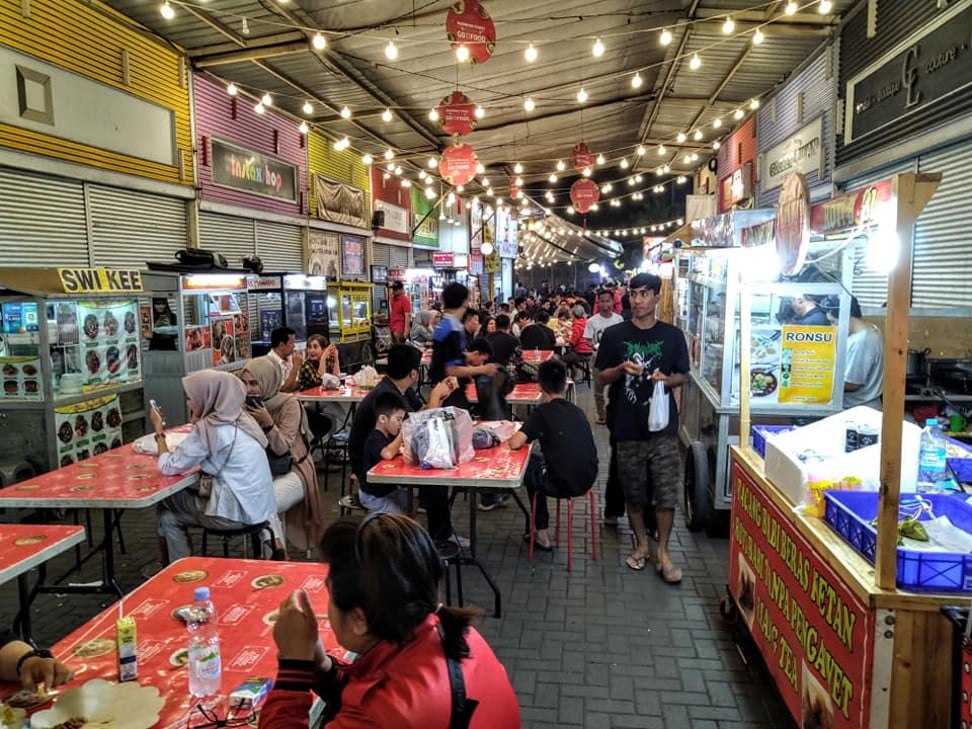
Krisna says his most memorable binge was when he ate at nine pork restaurants in a single day, mostly in western Jakarta.
“I definitely felt some stiffness in the neck area after eating nine different meals – probably some uric acid health issue,” he adds, half-joking.
But he will not stop seeking out his favourite meat treat any time soon. “At the end of the day, there are only two kinds of pork meals, the delicious ones and the bad ones,” he says. “They both deserve a try. Period.”

Five of the best places to eat pork dishes in Indonesia
Three Porkliner administrators – Jonathan Hendro, businessman Sukardi Suliandy, and office worker Francis C. Budihardjo – reveal their best pork-eating experiences.
1. BPK SaGoLi, Medan – Lapo style
“The way the BPK [seasoned grilled pork] is made is unique because it uses pig’s blood as a kind of gravy,” Hendro says. “There are a lot of good BPK places in Medan but the most appealing in taste, the one that makes you return for more, is the BPK SaGoLi which is short for Saksang Goyang Lidah [wiggling pork].
“Our favourites there are roast pork, fried pork and grilled ribs. Spices seep in and when the pork is eaten hot they send off this nice scent. It has a slightly sweet taste that is a bit reminiscent of char siu [Cantonese-style roast pork].”
Jl. Berlian Sari IV, Medan, Sumatra. Price per serving about 35,000 rupiah (US$2.50)
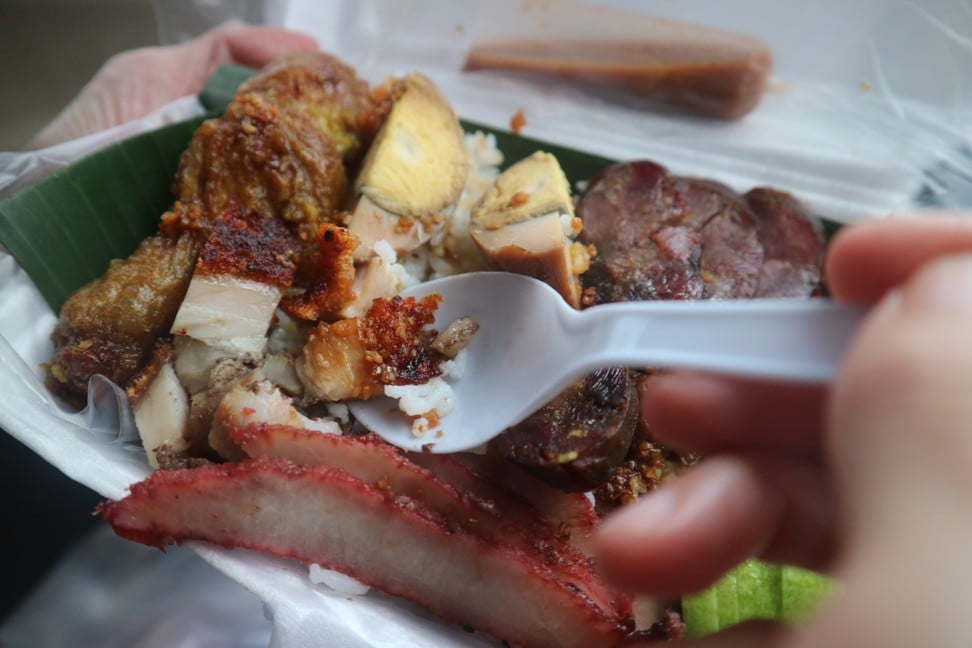
2. Chasio Asan, Medan – Chinese style
“From the many nasi campur [rice mixed with different pork-based dishes] that we have tried in several cities in Indonesia, in our opinion the most delicious is the one at Chasio Asan,” says Budihardjo.
“The honey roasted pork is especially delicious. The taste and texture of everything feels so right. We also like the water spinach soup because it feels like an antidote after eating most of the meat.”
Jl. Sun Yat Sen No. 123, Medan. Price per serving 80,000-100,000 rupiah (US$5.80-US$7.20)
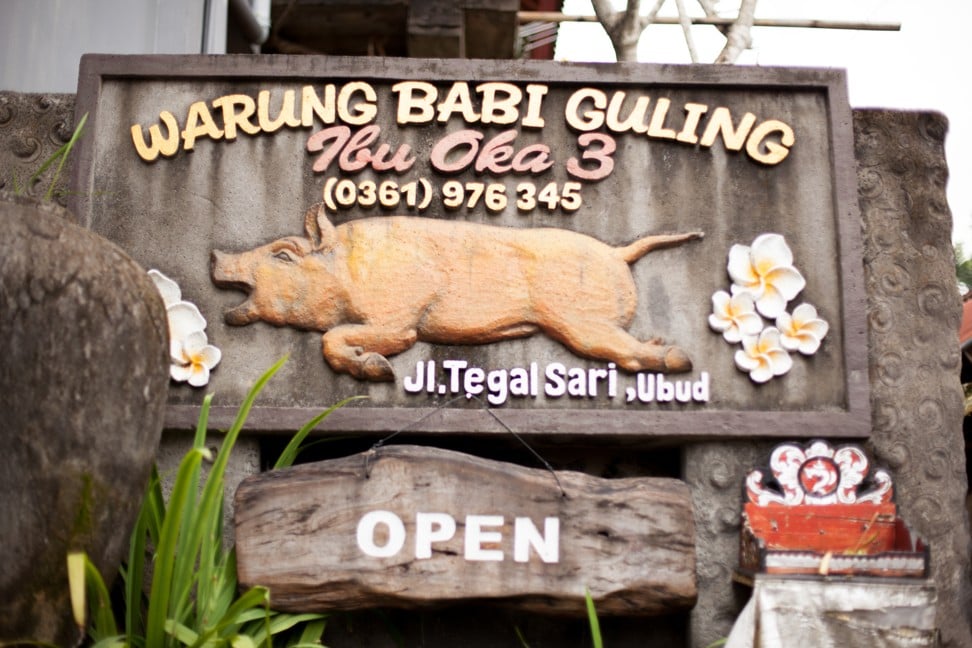
3. Sate Babi Bawah Pohon, Legian – Balinese style
Although it is a modest place, located under a simple tent by the side of the road, this is one of Bali’s most popular eating spots and the dish’s name translates as “under the tree pork satay”.
“No wonder my friends told me to stop by if you go to Bali,” says Suliandy. “The seasoned satay is roasted on charcoal until the marinade seeps. There is also a choice of pork soup if you still have room in your stomach.”
Jl. Patih Jelantik, Legian, Kuta, Bali. Price per serving 35,000-40,000 rupiah (US$2.50-US$2.98)
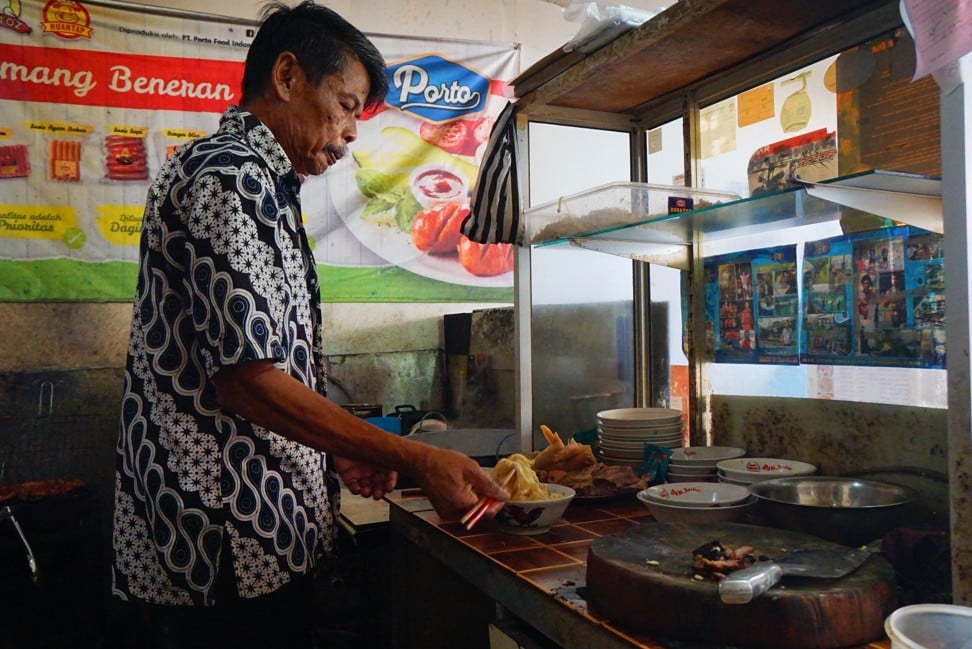
4. Sekba Bektim Baba, Jakarta
“Those who are fond of soup-style dishes should try sekba bektim baba. The seasoning is just perfect and seeps through nicely,” says Hendro. “There is everything: ears, flesh, intestines, tongue, blood and more. This is good for those who like to eat pork but do not like oily dishes.”
Pasar Puri, Jakarta. Price per serving 8,000-10,000 (US$0.60-US$0.70). Take away only

5. Ambokueh Kebonjati, Bandung
“Pieces of cake made from rice flour, a bit like Singaporean carrot cake, which is then covered with thick herbs, sausages, ngohiong [a type of fried pork], eggs, tofu and cucumber pieces,” says Hendro.
“If you like, you can also add pickled garlic chunks. The flavour of the seasoning is just right – it tastes complete, not merely sweet. Also, the sausages and ngohiong are served fresh.”
Jl. KebonJati, Bandung, Java. Price per serving 28,000 rupiah (US$2)
Like cooking? For Asian recipes to make at home for friends and family, visit .







